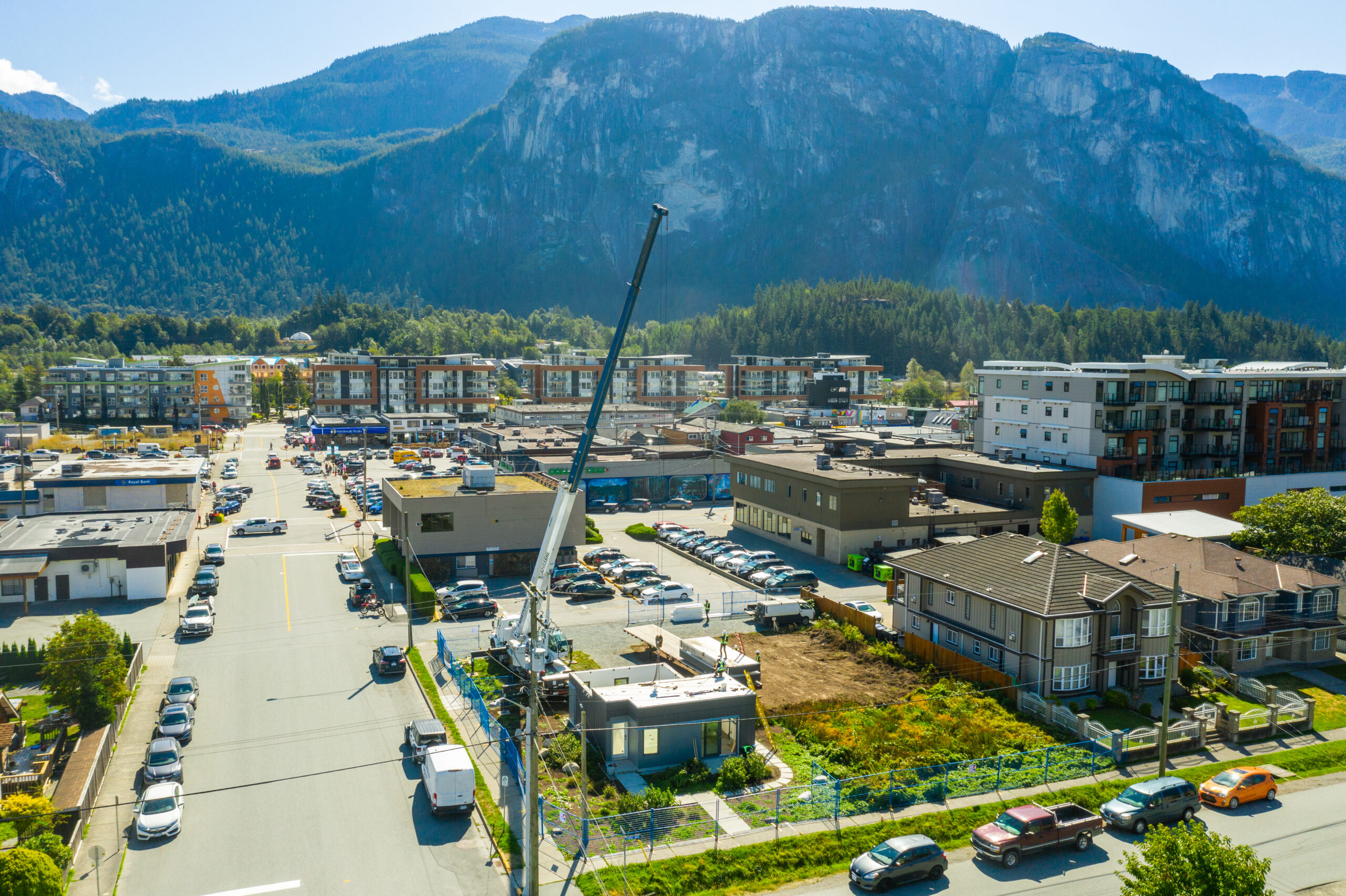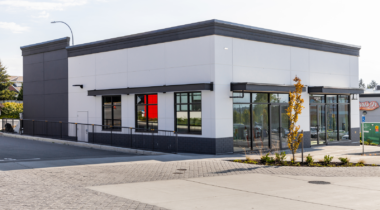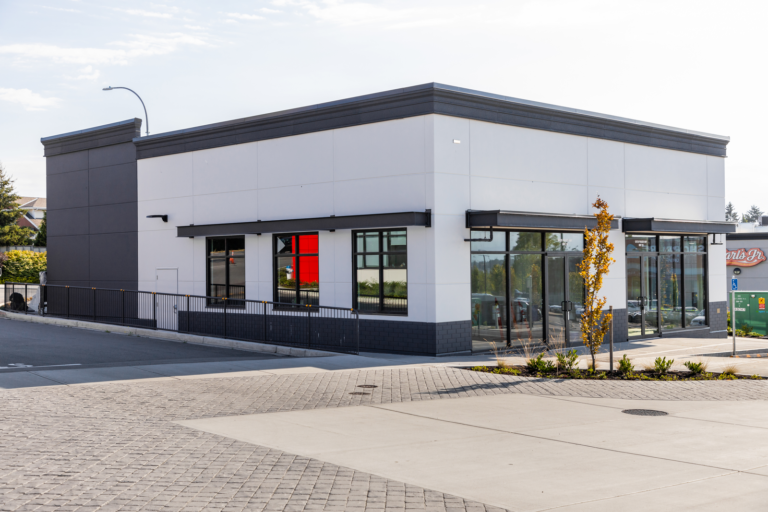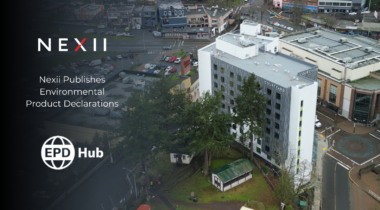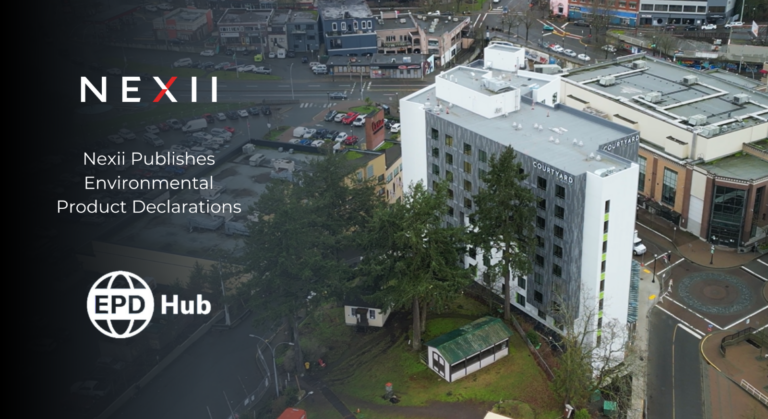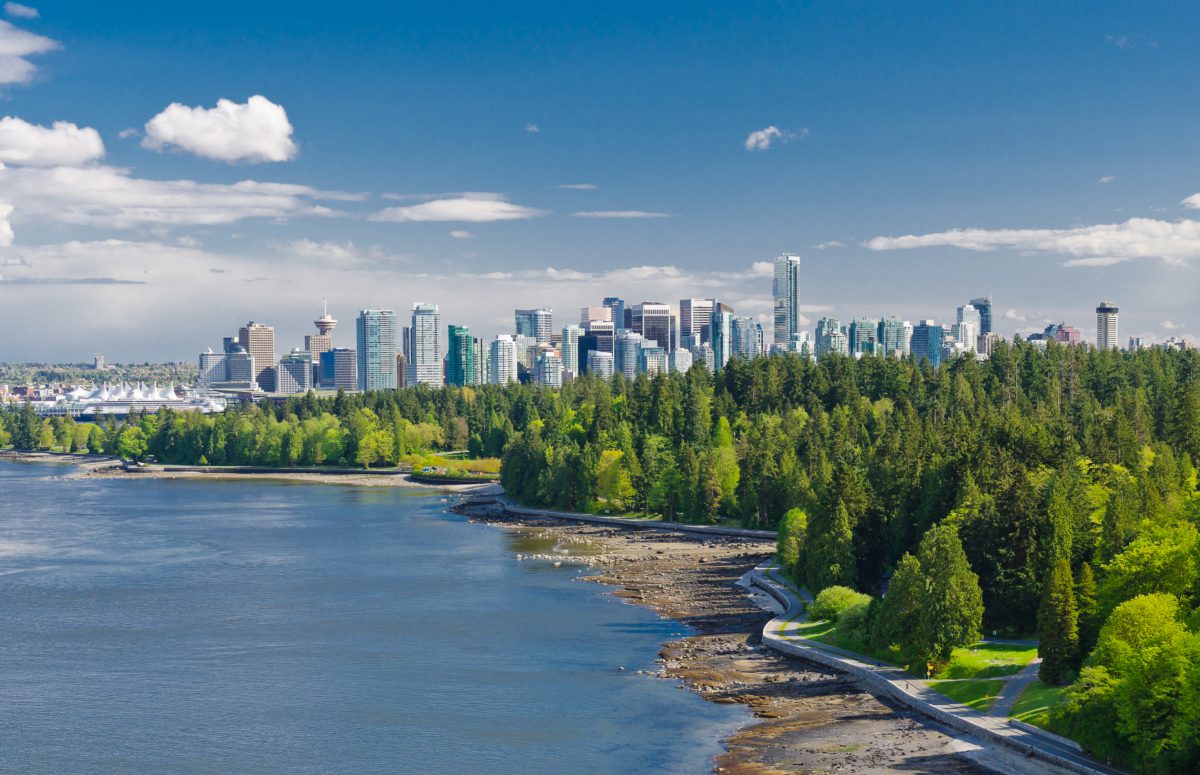
After leading the city of Vancouver as its longest serving Mayor, Gregor Robertson, Nexii Executive Vice President, Strategy and Partnership now focuses his work on positive solutions to the climate crisis, both with the Nexii leadership team and as Global Ambassador for the Global Covenant of Mayors for Climate and Energy. His vision for a greener, more inclusive Vancouver has led to record-setting years for new housing, job growth and the lowest carbon emissions per person for any major city in North America. The city now consistently ranks among the top five green and livable cities in the world.
and as Global Ambassador for the Global Covenant of Mayors for Climate and Energy. His vision for a greener, more inclusive Vancouver has led to record-setting years for new housing, job growth and the lowest carbon emissions per person for any major city in North America. The city now consistently ranks among the top five green and livable cities in the world.
Before serving as mayor, Gregor served in the BC Parliament, he co-founded and led Happy Planet Foods, and was an organic farmer.
By: Gregor Robertson
When you think of a city in this world, you often associate it with its iconic buildings – Paris’ Eiffel tower, New York City’s Empire State Building, Vancouver’s Trade and Convention centre, to name a few notable structures. Buildings are the jewels of a city; they are landmarks and where we live, work, and spend our time. That’s why it often comes as a surprise to many that these buildings – the very essence of the cities we live in, are the leading driver of the climate crisis. Buildings and construction together account for 39% of global climate pollution, making it one of the world’s worst polluting industries.(1)
And this climate pollution is about to get much worse. Throughout the world, construction is soaring to accommodate billions of people and the enormous growth of cities. By 2060, the current global building floor area will double – that’s the equivalent of adding an entire New York City to the planet every month!(2) New building construction will occur primarily in urban areas to accommodate movement into larger communities. By the middle of this century, over two-thirds of the expected world population of 10 billion will be in cities(3) and construction will explode to accommodate this vast urban growth. The building climate challenge is becoming a city climate challenge.
Climate pollution has now warmed our planet to such a frightening level that severe heatwaves, floods, wildfires, hurricanes, and droughts are not unusual events – they are common occurrences with brutal and tragic impacts. This past summer we witnessed Lytton, a small town in BC reaching 49.6 C in late June.(4) It was the hottest temperature ever recorded in Canada. And a few days later the entire town burned to the ground, two people died and all its residents were displaced. We saw severe flooding in Western Europe and a heatwave in the Pacific Northwest that both led to the deaths of hundreds of people. The impacts are even more severe for the Global South and for vulnerable communities everywhere. Climate pollution and its effects are costing us dearly and causing real tragedy for the whole world.
We must clean up the world’s most polluting industry – buildings and construction. Cities can lead the way out of our climate crisis by governments and businesses working together and demonstrating leadership.
So what can we do? We must clean up the world’s most polluting industry – buildings and construction. Cities can lead the way out of our climate crisis by governments and businesses working together and demonstrating leadership. To achieve the results we require to protect our world for future generations, we need the combination of innovative solutions from industry and cleaner regulatory standards from governments.
How can Companies, Entrepreneurs and Industry contribute to the fight against Climate Change?
We must demand leadership and innovation from everyone in the construction and building industry – from land owners and developers to architects, engineers and general contractors to building materials and technology companies. Compared to other sectors, such as the airline, automotive or computer industries, the construction industry has been slow to innovate, adopt technology and demonstrate productivity growth. We need to make significant strides in breakthrough materials, technologies and systems used in building and construction. Everyone needs to step up if we are going to solve the climate emergency.
That starts with companies making strong commitments to a net zero future. Although 90% of business executives believe in the importance of sustainability(5), only one-fifth of the world’s 2,000 largest public companies have net zero commitments, according to a recent report: Taking Stock A global assessment of net zero targets.(6) The report urges that companies give credibility to their net zero pledges by having a plan, nearer-term targets, and commitment to publishing progress reports so that measured and real progress can be made.
We’ve seen businesses take the lead in their commitments to reducing emissions and achieving net zero. Starbucks established their “Greener Store Framework” in 2018 to cut carbon, water, and waste footprints in half while growing business at the same time. Amazon and Global Optimism co-created the Climate Pledge in 2019, aiming to cut carbon emissions by 2040 – 10 years in advance of the Paris Agreement target date. They are encouraging other companies to pledge their commitment to the goal of net zero by 2040 and join them in the goal to fight climate change. At Nexii, we are setting public, measurable goals this year to hold ourselves accountable for tracking and managing our progress towards our long- term impacts – from net zero to waste and water management to climate resilience.
What’s even more important is taking action to develop and commercialize products and services that get us to net zero energy and carbon. The kind of innovative examples we should expect from the building industry are products like cellulose-based insulation and structural components that sharply reduce embodied carbon(7) and HVAC systems, glazing and building controls that dramatically reduce energy use. And all buildings need to be powered by renewable energy as soon as possible. Nexii has a product, Nexiite, with comparable properties to concrete but 35% less global warming potential (GWP), that’s part of a building system that significantly reduces energy use and carbon pollution. We need to embrace these innovations and expect more!
In my next blog, I’ll discuss the important role of governments in the fight against climate change.
Contact us to find out how Nexii can help your next project reduce energy use and carbon pollution.
1. 2. https://architecture2030.org/why-the-building-sector/
3.https://www.weforum.org/agenda/2018/05/by-2050-two-thirds-of-the-worlds-population-will-be-urban/
4. https://newsinteractives.cbc.ca/longform/lytton-feature
5. https://www.forbes.com/sites/forbesbusinesscouncil/2021/02/10/why-corporate-strategies-should-be-focused-on-sustainability/?sh=42a34c6d7e9f
6. Black, R., Cullen, K., Fay, B., Hale, T., Lang, J., Mahmood, S., Smith, S.M. (2021). Taking Stock: A global assessment of net zero targets, Energy & Climate Intelligence Unit and Oxford Net Zero
7. https://www.vox.com/energy-and-environment/2020/1/15/21058051/climate-change-building-materials-mass-timber-cross-laminated-clt
